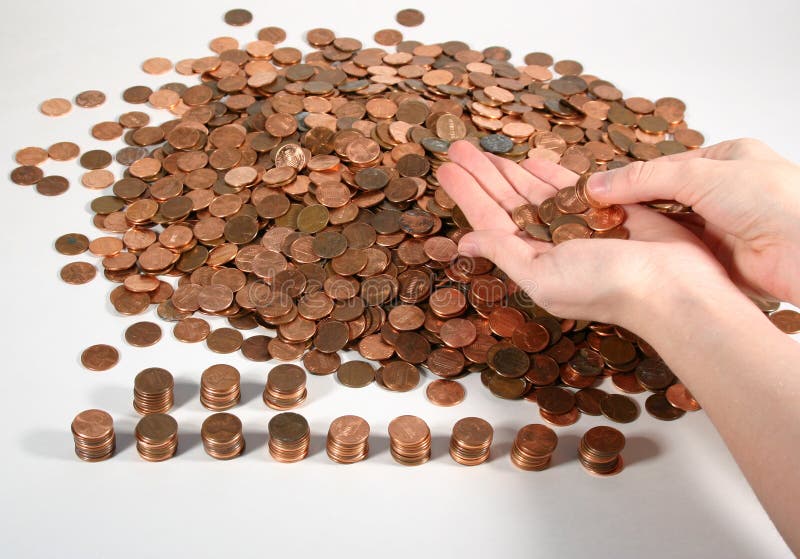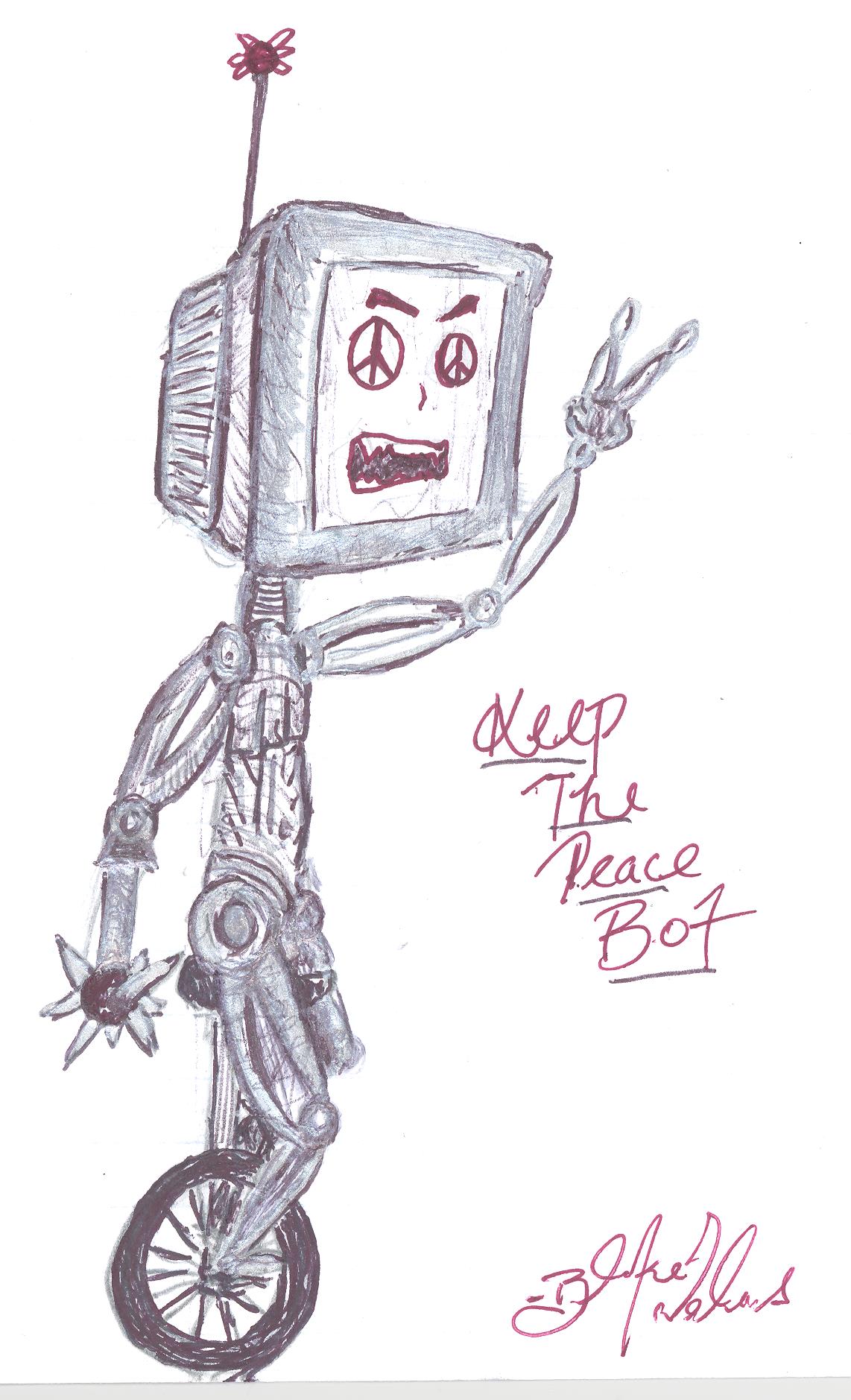- This quiz didn't go as well as the last one:
- Mean: ugly
- Key
- Remember when I said that you'll be expected to know definitions and theorems, and that you should write them down and learn them? Well that didn't happen....:(
- Our quiz this week will be over our reading Early Concepts
of Number and Counting, and about primitive counting
(turning numbers into strings of zeros and ones, and vice
versa).
I may throw a throwback problem from primes on there, too, because we're struggling with those and need to distinguish the prime from the binary stuff....
- We did a few more examples of the method I called "counting by partitions".
- Last class you met up with The Great Fraudini, who is able to
read minds!
- This magic trick, carried out with the help of six simple cards, no
doubt amazed and astonished you, and made you think "Hmmm... maybe
there's money to be made here!"
- Did any of you make any money? Steal any candy from young
children? Astonish your friends, parents, or family members?
- Today we will dig deeper into the secret of the Great Fraudini's trick ("Bad magician! Never give away your secrets!"); but I want you to be able to confidently astonish and amaze all your friends and kids and nieces and nephews, too, and you'll need a better understanding for that.
- This magic trick, carried out with the help of six simple cards, no
doubt amazed and astonished you, and made you think "Hmmm... maybe
there's money to be made here!"
- We begin by thinking back to counting by partition, and let's
think about counting pennies:

Suppose you start with 81 pennies: let's first do some primitive counting on it. Draw the tree, and write the appropriate string.
Then let's think about it in a slightly different way:
- Divide 81 in "half": \[ 2*40+1 \]
- Do it again, but for the 40: \[ 2*(2*20+0)+1 \]
- Do it again, but with 20: \[ 2*(2*(2*10+0)+0)+1 \]
- Do it again, but with 10: \[ 2*(2*(2*(2*5+0)+0)+0)+1 \]
- Do it again, but with 5: \[ 2*(2*(2*(2*(2*2+1)+0)+0)+0)+1 \]
- Do it again, but with 2:
2*(2*(2*(2*(2*(1+1+0)+1)+0)+0)+0)+1
- Now why does the Fraudini trick work?
The secret of Fraudini's trick is another secret of the counting numbers, 1, 2, 3, 4, ....: the binary factorization of a number.
Theorem: Every counting number is either a power of 2, or can be written as a sum of distinct powers of 2 in a unique way.
This is the second great factorization of the counting numbers. (The first is the prime factorization; there is a third, which we'll study soon.) So it turns out that the counting numbers and sums of distinct powers of two can be put into one-to-one correspondence (if we count single powers of two as "sums"...).
Here are the first few powers of 2:
\[ \begin{array}{l} 2^0 = 1 \cr 2^1 = 2 \cr 2^2 = 4 \cr 2^3 = 8 \cr 2^4 = 16 \cr 2^5 = 32 \cr 2^6 = 64 \cr 2^7 = 128 \cr 2^8 = 256 \end{array} \]
(Do you see why the Great Fraudini can only read numbers up to 63?)
- These powers of 2 illustrates what we mathematician types call
"exponential growth". Powers are what exponential growth is all
about. If you double something (as we're doing here, starting from 1),
you multiply by 2; and if you double 1 say every week for 20 weeks, you
get to
\[
2^{20}=1048576
\]
Over a million. So ask your friend if he or she can do a push-up; then
ask if they can double their number of push-ups every week for 20
weeks, and see how they do!
- The fact that there is a unique way -- exactly one way --
to write a counting number is the secret to Fraudini's trick. This
trick is more properly called the "Binary Card Trick", because what
we're really doing is using "binary" numbers (base 2) to represent the
numbers we usually think of in base 10.
So in base 10 we think of "17" as \[ 17 \textrm{ (one ten and seven ones) } = 1*10 + 7*1 = 1*10^1 + 7*10^0 \]
That last bit on the right shows 17 as a sum of "weighted" powers of 10 -- "weighted" because we have to say just how many ones we need (7 of them in this case). The weight could be any of the 10 digits we need in our system,
0,1,2,3,4,5,6,7,8,9 So if I want to pay you 17 dollars, I could give you 1 ten and 7 ones.
For binary numbers the "weights" are easy: 1 or 0. Just two digits. And that's perfect for computers, because they only have two fingers:

(Thanks to Blake Nelms, Math for Liberal Arts student from way back, for the graphic).
-
On the other hand, $17=16+1=2^4+2^0$. Try to write 17 as a sum of
distinct powers of 2 in another way. (Good luck! You can't.)
You might try
\[
17=1+8+8=2^0+2^3+2^3
\]
and hope that we're not paying attention -- but those aren't
distinct powers of two. So the "distinct" part is really
important.
17 appears only on the 1 card and on the 16 card. We figure out how to write a number as a sum of powers of 2, and then we write that number on each of those cards. And then it will be the only number exclusively on those cards -- and the sum will tell me the number!
So we can write \[ 17=1*2^4+0*2^3+0*2^2+0*2^1+1*2^0 \] or, better yet, $17_{10} = 10001_2$ -- 17 base 10 is equal to 10001 base 2.
So if I want to pay you 17 dollars, I could give you one 16 and one 1 dollar note. I've always hoped that a student would design binary bills for me. In a way, the Fraudini cards could be considered bills, and if I need to pay you 17 dollars, I just give you each card that has a "17" on it. That would make them supremely easy to use, right?
-
I always tell people to write their salaries in base 2, because they
look a lot bigger! More impressive.... All of a sudden you find
yourself making six or seven figures -- per week!
If you're making 30,000/year, it's suddenly
111,010,100,110,000/year.
Wow! Does that feel better? You're a trillionaire!
- Much like the prime factorization, we can use a tree to break down
a number into its binary representation. Let's give it a go for a few
examples:
- Let's start easy with 97 (a big prime!).
- Now let's use a tree to find the binary factors of 437.
-
Fraudini used his amazing powers (his amazing powers of 2, that is) --
to "read peoples' minds!" I hope that you make a buck or two reading
minds when you're out with your friends this week....
- What else can you do with binary numbers? binary
hand dance, of course!
Vi Hart has the most amazing ways of showing us interesting mathematics. She shows us that we can count to 31 on one hand. And, if you'll use the 10 fingers of two hands, you can get all the way up to $2^{10}-1=1023$...
Some people can only count to 10 with their fingers....
- American Bandstand dances to Gimme Some Lovin', a hit by The Spencer Davis Group: here's their version.
- List of musical works in unusual time signatures
- Blue Rondo a
la Turk, by Dave Brubeck: illustrating
how to play a piece in 9/8.
Watch Dave Brubeck's leg, counting out the rhythm....